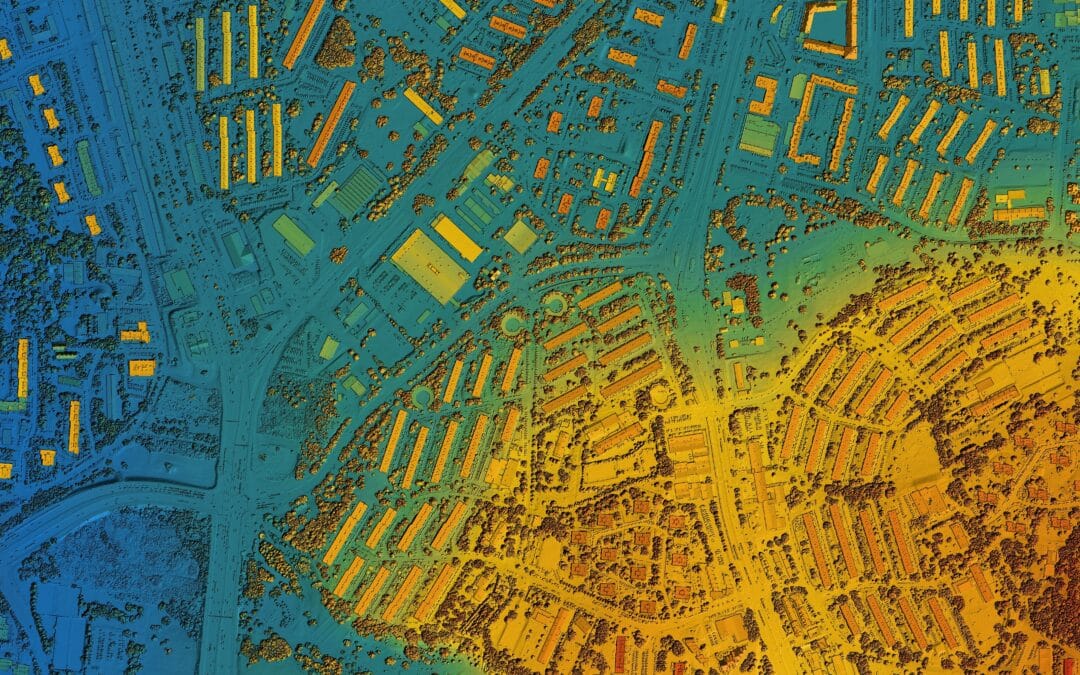Another one million previously underwater homes are now above the water line. ATTOM Data Solutions released its 2016 Year End Home Equity and Underwater Report that shows just 5.4 million properties are still seriously underwater.
Let’s take a look at what this all means for investors.
While 5.4 million properties still underwater sounds like a large number, it’s a big improvement from the first quarter of 2012 when ATTOM first began tracking. At that time, there were 12.5 million properties considered “seriously underwater.”
A property is seriously underwater when the loan amount is 25 percent higher than the market value of the home. The 5.4 million homes that are underwater right now represent 9.6 percent of all U.S. properties with a mortgage.
Fewer ‘bottom’ dwellers, more equity-rich
ATTOM senior vice president Daren Blomquist says: “Since home prices bottomed out nationwide in the first quarter of 2012, the number of seriously underwater U.S. homeowners has decreased by about 7.1 million, an average decrease of about 1.4 million each year.” He says: “Meanwhile, the number of equity-rich homeowners has increased by nearly 4.8 million over the past three years, a rate of about 1.6 million each year.”
The report says the number of equity-rich properties has grown to 13.9 million across the nation. A property is considered equity-rich when the loan amount is 50 percent or less of the property’s estimated market value.
The number of equity-rich properties represents about a quarter of all U.S. properties. That’s up 1.2 percent from last year and 2.1 percent from 2015.
Dominoes not falling as expected
Blomquist says: “Despite this upward trend over the past five years, the massive loss of home equity during the housing crisis forced many homeowners to stay in their homes longer before selling, effectively disrupting the historical domino effect of move-up buyers.” He says a lack of move-up buyers creates a domino effect that also suppressed inventory and reduces demand for new homes.
Many people tend to stay put while their properties regain value. Blomquist says between 2000 and 2008, the average length of time home owners stayed put was 4.26 years. Since then, it’s been slowly rising and was 7.88 years for 2016 home sellers. That’s getting close to double the amount of time that homeowners are waiting to “move up.”
Which states have the most underwater mortgages?
According to ATTOM, the states with the highest percent of seriously underwater mortgages are Nevada with 19.5 percent, Illinois with 16.6 percent, Ohio with 16.3 percent, Missouri with 14.6 percent and Louisiana with 14.5 percent. Out of 88 large cities with a population of at least 500,000, the ones with the most seriously underwater properties are Las Vegas at 22.7 percent; Cleveland at 21.5 percent; Akron, Ohio at 20.1 percent; Dayton, Ohio at 20 percent; and Toledo, Ohio at 19.9 percent.
Other metro areas with at least 14.5 percent of properties that are seriously underwater include Detroit at 17.5 percent, Chicago at 16.9 percent, Orlando at 15.7 percent, Memphis at 14.6 percent and Jacksonville, Florida at 14.5 percent.
Again, this data can be either positive or negative, depending on which way you look at it. Areas with more distressed inventory tend to be places where real estate investors can get better deals. If someone has to sell his or her home and can’t because of owing more than the house is worth, often that property goes back to the bank or is sold in a short sale. This provides a buying opportunity for investors.
Market could be in for a change
At the same time, this can mean that fewer people are willing to take a loss and therefore stay put. With fewer homes on the market, prices can begin to rise as demand rises.
Take Ohio for example. It was one of the states with the highest number of underwater mortgages, yet the number of underwater mortgages is declining while the number of equity-rich properties is rising. This is the kind of market direction that is good for investors. They can buy cheap and watch value rise.
States with the highest number of equity-rich properties are Hawaii at 37.8 percent, Vermont at 36.9 percent, California at 36 percent, New York at 34.9 percent and Oregon at 32 percent.
It’s harder to find good deals in these areas.
Cities with the most equity-rich properties are San Jose, California, with 51.6 percent; San Francisco with 47.7 percent; Honolulu with 39.8 percent; Los Angeles with 39.2 percent; and – a big surprise – Pittsburgh, Pennsylvania, at 35.8 percent. There are still great deals in Pittsburgh, however. It’s just that values have risen rapidly there, but are still more affordable than most cities.
A few other interesting findings are that just 4 percent of investment properties were seriously underwater at the end of last year, while 6.8 percent of owner-occupied homes were.
The report also shows that the highest number of underwater properties are those that were bought 10 to 15 years ago, when prices were high. The lowest share of underwater properties were bought more than 20 years ago.
Keep this in mind
Many U.S. markets have seen property values surpass the last peak. If there’s a softening in pricing in those areas – which history would say is likely around the corner – then buyers of high priced property could have to wait another 10 years before they see any gain in equity.
As a safety measure, don’t buy property today in high priced markets expecting to see more price gains. Instead, only buy because you can afford the property and plan to hold it for a long time. If you buy in today’s “bubble markets,” you could eventually become one of those “underwater mortgage” statistics.
How do you know if you’re in a bubble market? When affordability has reached its cap. A quick way to calculate is comparing average incomes to average home prices. If the average home price is more than three times the average income, that could the sign of a bubble.
If you would like more data on the best markets for buying real estate today, visit www.RealWealthNetwork.com.
About the Author
Kathy Fettke is the founder and co-CEO of Real Wealth Network, a passive real estate investing club with more than 24,000 members. She’s also the author of “Retire Rich with Rentals” and host of “The Real Wealth Show,” a featured podcast on iTunes with listeners in 27 different countries. Kathy is passionate about understanding real estate cycles so she and her members can invest in the best markets and best deals available today. She is frequently invited to share her expertise on CNN, CNBC, Fox News, NPR, CBS MarketWatch and in the Wall Street Journal. Kathy received her BA in Broadcast Communications from San Francisco State University and worked in the newsrooms of CNN, FOX, CTV and ABC-7. She’s past-president of American Women in Radio & Television. Kathy loves the freedom that real estate investing can bring. She lives in Malibu, California, with her husband and two daughters and enjoys traveling, hiking, rock climbing, skiing, figure skating and surfing. Contact her at kathy@realwealthnetwork.com.
























0 Comments